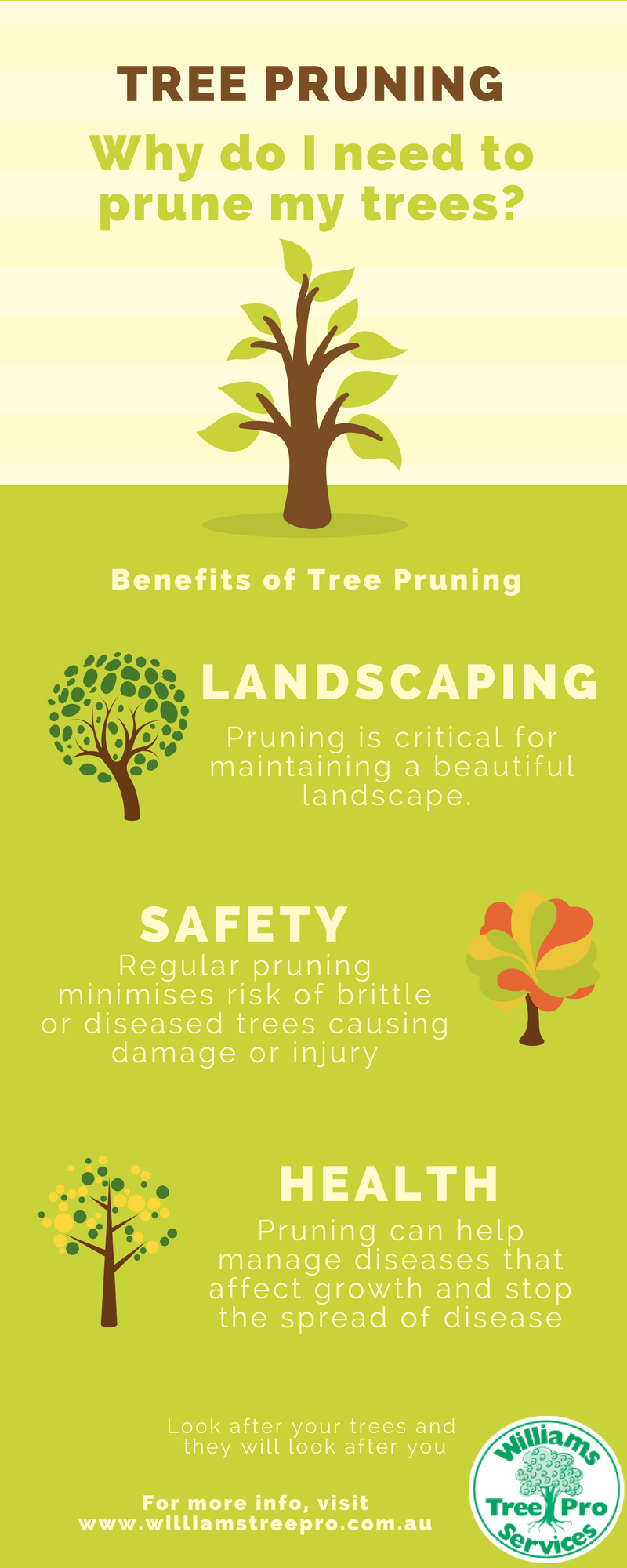Search For Critical Indicators That Suggest Your Tree Might Be Hazardous; Knowing These Can Protect Your Residential Property And Loved Ones. What Should You Watch For Following?
Search For Critical Indicators That Suggest Your Tree Might Be Hazardous; Knowing These Can Protect Your Residential Property And Loved Ones. What Should You Watch For Following?
Blog Article
Material Writer-McDonald Hubbard
When it involves tree treatment, recognizing the indications that it's time for elimination is necessary for your safety and home. You could discover stained leaves, wilting branches, or strange fungal growths suggesting health issue. Structural issues, like a significant lean or cracks in the trunk, can also present dangers. Recognizing these warning signs can assist you make notified decisions about your trees and stop potential hazards prowling in your yard. What should you seek next?
Signs of Degeneration and Condition
When you observe indicators of degeneration and disease in your trees, it's important to act swiftly. Try to find discolored fallen leaves, wilting branches, or unusual developments like fungi. These can show that your tree is struggling.
If you see fractures in the bark or soft, mushy timber, these signs suggest inner decay. Additionally, an unexpected boost in parasites around your tree can signify that it's damaged and vulnerable.
Check for any kind of dead or passing away limbs, as they pose a danger to your property and safety. If you're uncertain concerning what you see, getting in touch with an arborist can offer quality.
Dealing with these indicators early can conserve you from much more substantial damages and make certain the health and wellness of your lawn. Don't wait up until it's too late.
Structural Instability and Leaning
As you observe your trees, keep an eye out for any kind of indicators of architectural instability or leaning. If a tree leans dramatically, it might suggest that the root system is jeopardized.
Search for any type of fractures in the trunk or soil around the base; these can signify prospective failure. Furthermore, check for unusual development patterns, like an unbalanced crown, which may recommend that the tree is battling to hold itself upright.
If you notice that the tree favors your home, high-voltage line, or various other structures, it postures a better threat. Don't overlook these indications-- speak with an arborist to assess the scenario.
Acting early can prevent expensive damages and guarantee your safety.
Dead or Dying Branches and Foliage
If you see dead or passing away branches and foliage on your tree, it's a clear indicator that something's wrong.
These harmful locations can indicate underlying issues like illness, parasite problems, or ecological tension. When branches shed their leaves or transform brownish, they're no more adding to the tree's wellness. Neglecting these signs might lead to further decrease, making your tree a lot more hazardous.
Dead branches can easily break off during storms, posing a risk to residential or commercial property and people nearby. https://www.evernote.com/pub/alexvcaldwell/precisiontimberfelling to evaluate the degree of the damages.
If the trouble affects a substantial part of the tree, think about seeking advice from a professional. They can help identify if removal is needed to ensure security and maintain the beauty of your landscape.
Verdict
If you see any signs of decay, architectural instability, or dead branches on your trees, don't ignore them. These signs can posture major security dangers to you and your residential or commercial property. It's always best to consult a professional arborist who can offer a specialist evaluation of your trees. Doing Pruning Calamansi Tree about it early can avoid mishaps and pricey damage, ensuring your landscape continues to be safe and healthy. Keep in mind, it's far better to be positive about tree care than to await a disaster to happen.
